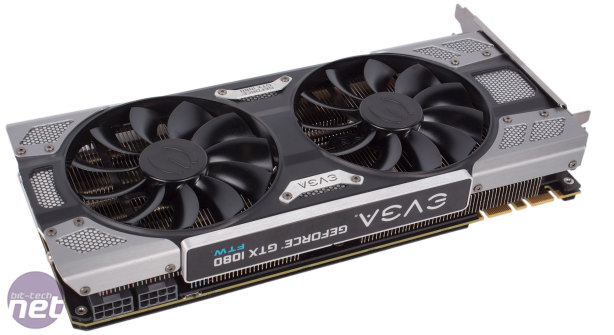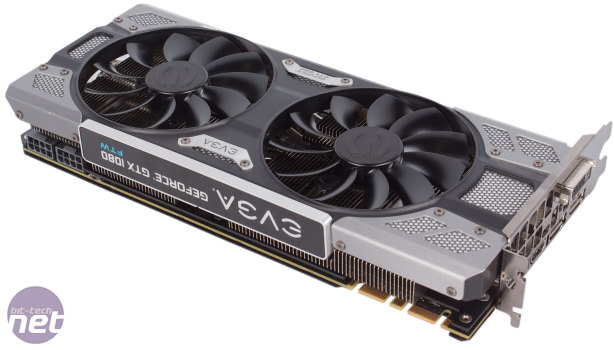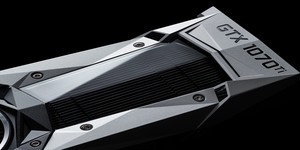Performance Analysis
Clearly, the GTX 1080 is faster than any other card on the market – it's top of every chart, with this model beating the GTX 980 Ti and R9 Fury X both by about 34 percent on average. With the former, this lead is consistent across the resolutions, but with the Fury X the GTX 1080 FTW is 42 percent faster at 1080p but just 29 percent at 4K. It's worth remembering that GTX 980 Ti OC variants could be as much as a fifth faster than the reference card we've tested, but even then the GTX 1080 would hold its lead.Nvidia claimed a 1.7x performance uplift over the GTX 980, and our results actually put the GTX 1080 FTW at exactly 70 percent quicker on average, although we are looking at an overclocked card. The gains over the GTX 980 are bigger as you increase the resolution.
Our new tests are split 50/50 between DX12 and DX11 games. Examining the average results here reveals the GTX 1080 improves on Maxwell more in DX12 (39 percent over the GTX 980 Ti) than in DX11 (31 percent). Compared with the Fury X, this trend reverses, and improvements are more pronounced with DX11 titles, suggesting Pascal is making up a bit of lost ground with DX12.
The DX12 results are naturally the more interesting. The strong performance in Ashes of the Singularity suggests Nvidia's asynchronous compute enhancements have been productive – it's the only card with a minimum frame rate above 60fps at both 1080p and 1440p. The same is also true in Hitman, where the GTX 1080 FTW is also the only card to remain playable and smooth at 4K. Our final DX12 game, Total War: Warhammer, shows another strong result, although the R9 Fury X is closer to the GTX 1080 FTW than it is in most other tests.
For the most part, the DX11 results are fairly standard. The hefty Fallout 4 benchmark sees the GTX 1080 FTW emerge as the sole model capable of remaining technically playable at 4K, while our trusty The Witcher 3 benchmark gives the new card a solid, consistent lead at all resolutions.
Tom Clancy's The Division does throw up some potential issues. The minimums across the board here are very far off the averages, especially as you up the resolution. We're not sure of the exact cause, but even this mighty card can't quite stay playable at 4K here, and its 23fps minimum is only 2fps quicker than the R9 Fury X.
The new levels of efficiency Nvidia is achieving with Pascal are clear from the power graphs. Despite chart-topping performance all round, the system's total power consumption is well below 400W. This translates into excellent thermal and noise performance – our load testing saw the fans reach 47 percent speed; roughly 1,250 RPM, where they were essentially silent. The delta T of 54°C is healthy, and although EVGA could clearly have been more aggressive to hit lower temperatures, we're happy it didn't go down this route.
Overclocking didn't really net any major benefits – any improvements we did see were less than 10 percent, and in Ashes of the Singularity the minimum didn't budge at all. It's worth noting that power consumption in our load test was still below 400W with our new frequencies, so Pascal does at least seem to be a relatively efficient overclocker. We need to test more cards really before we can draw substantial conclusions about the GTX 1080's overclocking potential, but seeing a card running at a touch under 2GHz is pretty cool regardless.

MSI MPG Velox 100R Chassis Review
October 14 2021 | 15:04











Want to comment? Please log in.